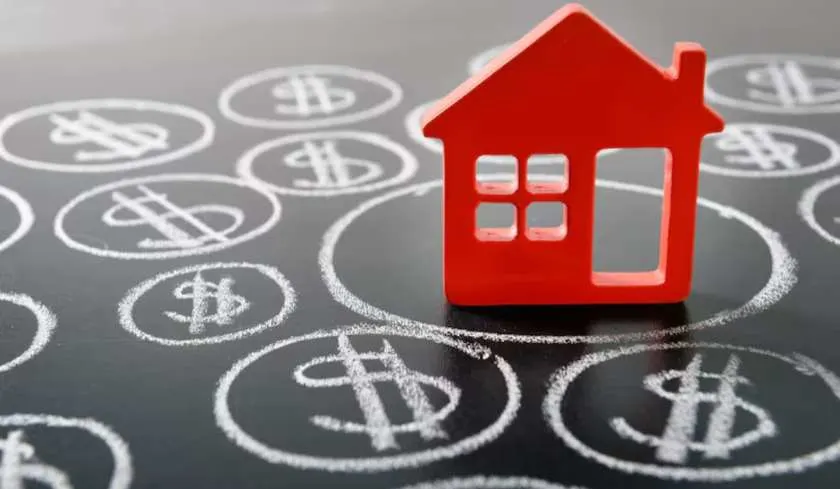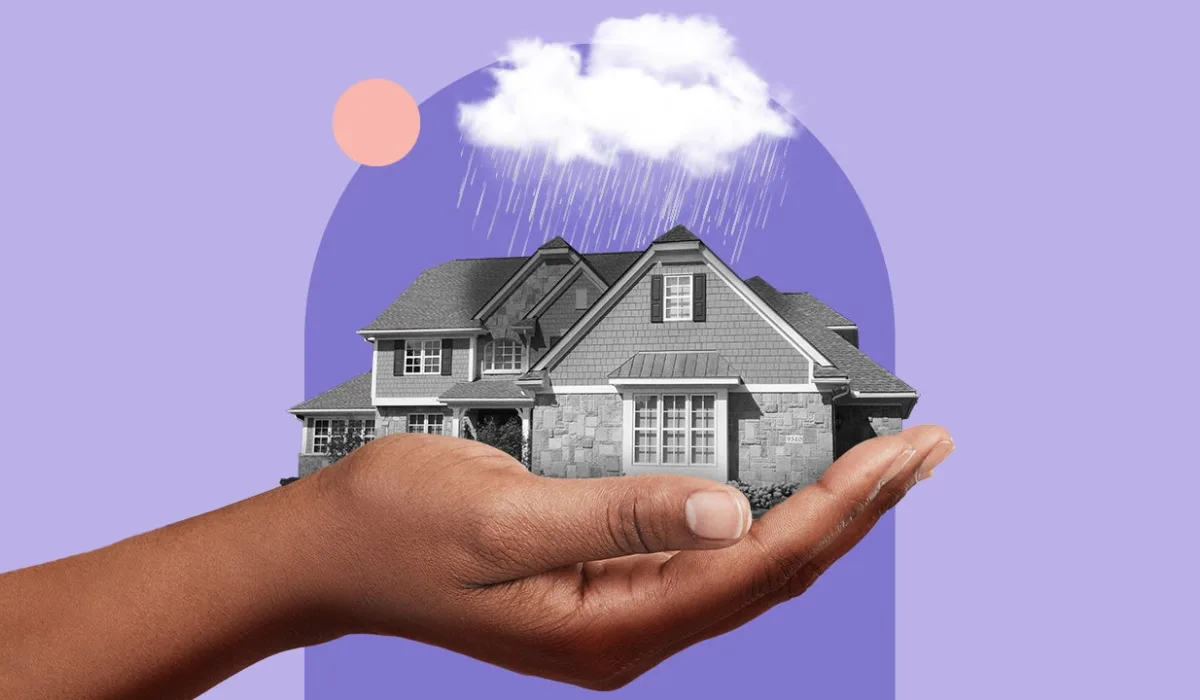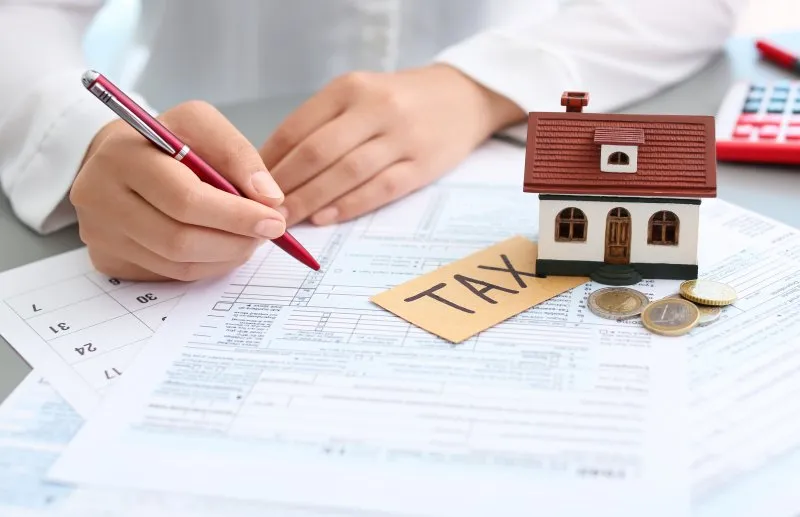Construction workers lay shingles on the roof of a house in Farmington Hills, Michigan, May 7, 2020.
Emily Elconin | Bloomberg via Getty Images
There are few things that mean as much, and in as many ways, to Americans as a home. It is an anchor to the community, a major financial asset, and, now more than ever, a sanctuary from chaos and worry in this time of crisis. The concept of “home” is poised to evolve and become even more central as we further prioritize the spaces where we live, and increasingly, where we work.
As co-CEOs of a global building materials business, we see this evolution as an opportunity to improve individual prosperity and lead the economic recovery. In the coming weeks, Congress has an opportunity to recognize the unique importance of the home in American life, boost the economy, and help families rebuild their wealth by providing a tax credit to make home improvements more affordable.
In addition to the many personal tragedies caused by COVID-19, the resulting economic devastation has, so far, shrunk GDP by 5% in the first quarter and wiped out every job gained since the great financial crisis. Damage this far-reaching threatens everyone – businesses, independent contractors, workers, and the 65.1% of American households that own homes. Additionally, the type of consumer activity supported by traditional stimulus measures has been profoundly restricted by society’s response to the pandemic, including shelter-in-place and social distancing measures.
Nevertheless, our homes remain economies unto themselves.
Even as we look to reopen and recover, a large number of Americans will be spending more time at home and, in some cases, shifting permanently to work-from-home arrangements. Suddenly, there is greater urgency to make necessary repairs and other home improvements as we adjust to new working realities.
A new tax credit covering 30% of home improvement expenses would help to make those needed repairs and upgrades affordable, and in the process ensure that the stimulus is broadly shared.
A home improvement credit would put spending money directly into the hands of homeowners at the right time. Harvard’s Joint Center for Housing Studies predicts that in 2020, remodeling spending will contract in a majority of metro areas. This credit could counter the trend by, for example, providing a qualified homeowner making $6,000 worth of improvements with a refundable tax credit of $1,800.
Encouraging home improvements would also help to correct long-term underinvestment in the very places where Americans spend most of their time. It has been estimated that 40% of America’s homes are at least 50 years old. Meanwhile, in inflation adjusted terms total homeowner improvement expenditures in 2017 were still down nearly $28 billion from a decade earlier.
The credit would also deliver a desperately needed “Main Street” stimulus for the more than 10 million individuals whose livelihoods are tied to home improvement – contractors, roofers, plumbers, electricians and painters, not to mention the countless others throughout the building materials supply chain.
Good for millennials
Indeed, the impact of the housing sector on the American economy extends well beyond homeowners, with private fixed residential investment contributing more than $857 billion to our GDP in the first quarter of this year.
Given that the home is most homeowners’ largest asset – exceeding the value of retirement accounts, vehicles, stocks, or pensions – value-enhancing improvements would also have a meaningful impact on homeowners’ long-term financial health.
This is particularly relevant for millennials, who, after taking a long road to home ownership, are now eager to maximize the value of their new homes.
Remodeling Magazine’s 2020 Cost vs. Value Report shows that roughly 63% of a project’s expense carries through to value at sale. For example, vinyl siding replacement adds an average of $10,731 to home value, while roofing replacements and wood window frames add $16,287 and $14,804, respectively. In this way, a home improvement tax credit does more than provide an economic sugar high – it functions as a lasting stimulus and provides long-term individual financial stability.
The benefits of making home improvement more affordable go beyond dollars and cents.
Since World War II, homeownership has been the foundation of the American dream. Even as too many face difficulty entering the market, the dream of home ownership remains a defining principle of American culture.
In 1943, psychologist Abraham Maslow placed shelter at the base of his famous hierarchy, defining it as one of the most basic human needs. But the homes we make within our houses transcend that.
We raise our children in them, we celebrate in them, and we aspire to pass them down to the next generation. As we look to rebuild a society and economy scarred by this pandemic, we should strive to emerge from the recovery with something lasting and durable. The homes where we have ridden out this storm are a good place to start.
—David J. Millstone and David S. Winter are the co-CEOs of Standard Industries, a leading global building materials company.















